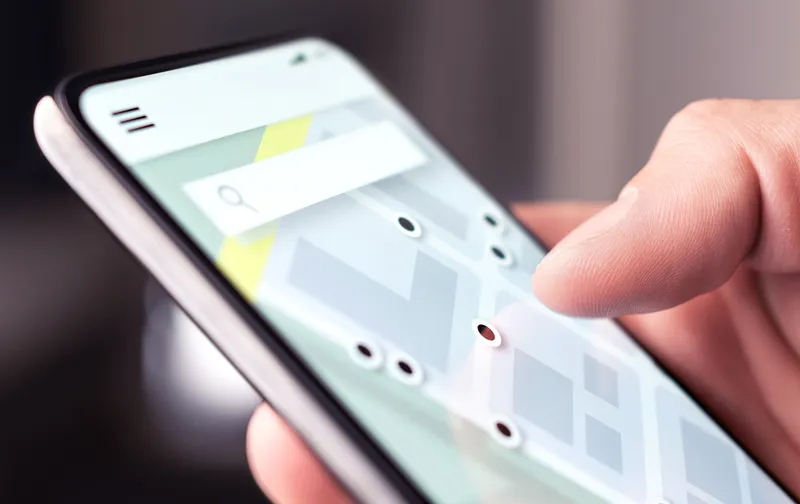Semcon has deployed 20 autonomous snowploughs to clear runways at Fagernes Airport in Leirin, Norway, which are said to clear an area of 357,500 square metres an hour. The machines, according to the company’s chief executive officer Markus Granlund, will allow airports all over the world to streamline activities and reduce delays for passengers.
The project has been developed by Yeti Snow Technology and is co-owned by Semcon and Øveraasen, for airport operator Avinor. These systems are said to clear snow in formation with several vehicles working together.
John Emil Halden, Semcon’s project manager, said: “We have designed a control system that sets up digital patterns for autonomous snow clearance at airports. The system can then download these patterns and monitor a number of vehicles that navigate using RTK GPS, an accurate form of position measurement, and communicate using 4G modems.”
Semcon deploys autonomous snowploughs at Norwegian airport
Semcon has deployed 20 autonomous snowploughs to clear runways at Fagernes Airport in Leirin, Norway, which are said to clear an area of 357,500 square metres an hour. The machines, according to the company’s chief executive officer Markus Granlund, will allow airports all over the world to streamline activities and reduce delays for passengers. The project has been developed by Yeti Snow Technology and is co-owned by Semcon and Øveraasen, for airport operator Avinor. These systems are said to clear snow
March 26, 2018
Read time: 1 min









